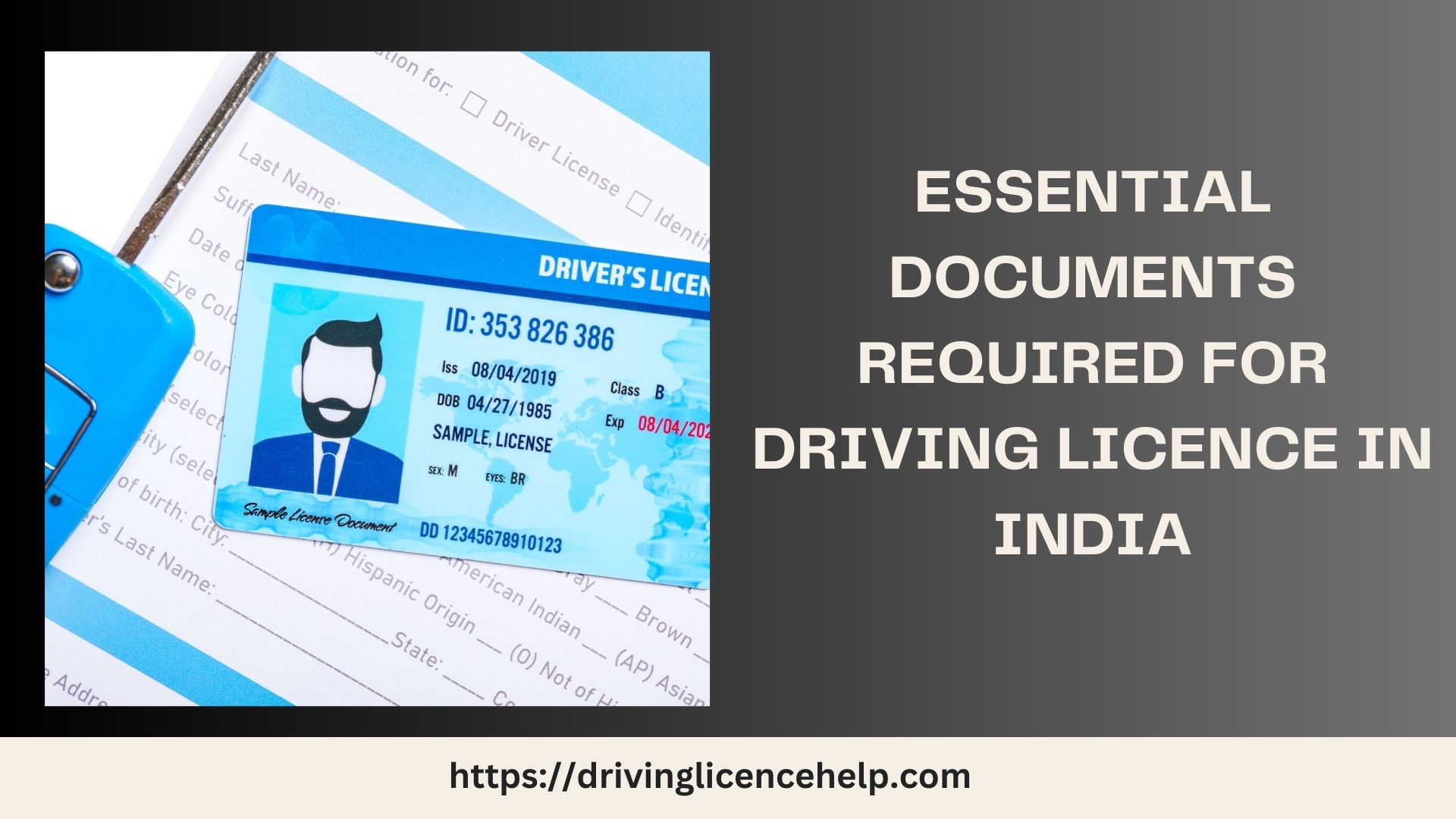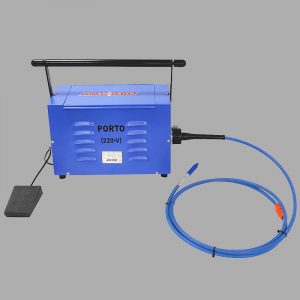Introduction:
Obtaining a driving licence is a crucial step for anyone wishing to drive legally in India. It serves as an official document that grants individuals the legal authority to operate a motor vehicle on the country’s roads. However, before acquiring a driving licence, certain essential documents must be submitted to the Regional Transport Office (RTO) as part of the application process. This article outlines the key documents required to obtain a driving licence in India, ensuring a smooth and hassle-free experience for aspiring drivers.
Age and Identity Proof:
One of the primary documents required for a driving licence application is age and identity proof. Accepted documents typically include a copy of the applicant’s birth certificate, passport, Aadhaar card, voter ID card, or PAN card. These documents establish the applicant’s age and identity, validating their eligibility for a driving licence.
Address Proof:
To verify their residential address, applicants need to submit valid address proof documents. This can include a copy of their passport, Aadhaar card, voter ID card, ration card, utility bills (electricity, water, gas), or rental agreement. The address proof ensures that the applicant is a resident of the state or city where they are applying for a driving licence.
Passport-sized Photographs:
Applicants must provide a set of passport-sized photographs for their driving licence application. These photographs should be recent, clear, and meet the specifications prescribed by the RTO. Typically, two to four photographs are required, depending on the state or regional requirements.
Medical Certificate:
A medical certificate confirming the applicant’s physical fitness is another essential document required for obtaining a driving licence in India. This certificate can be obtained from a registered medical practitioner or a government hospital. It attests that the applicant is physically fit to drive a motor vehicle and does not suffer from any conditions that may hinder their ability to operate a vehicle safely.
Proof of Residence:
In addition to address proof, applicants may also need to provide a proof of residence document. This document further establishes their residency in the state or city where they are applying for a driving licence. Accepted proofs of residence may include a copy of the applicant’s bank statement, passbook, or a letter from a recognized public authority confirming their address.
Learner’s Licence:
Before obtaining a permanent driving licence, applicants must first obtain a learner’s licence. The learner’s licence allows individuals to practice driving under the supervision of a licensed driver. To apply for a learner’s licence, applicants need to provide the duly filled application form, along with the required documents mentioned above.
Driving School Certificate (if applicable):
If the applicant has undergone driving training from a recognized driving school, they may be required to submit a driving school certificate as proof of completing the training program. This certificate attests that the applicant has received formal driving instruction and has acquired the necessary knowledge and skills to operate a vehicle safely.
Declaration of Physical Fitness:
Applicants are often required to submit a declaration of physical fitness form along with their driving licence application. This form is self-declaration by the applicant, confirming that they do not have any physical disabilities or conditions that may hinder their ability to drive safely.
Fees and Application Form:
Last but not least, applicants must pay the prescribed fees for their driving licence application. The fee may vary depending on the type of vehicle they wish to drive (two-wheeler, four-wheeler, commercial vehicle, etc.). Additionally, they need to fill out the application form accurately, providing all the necessary personal information and details.
It is crucial to note that the specific document requirements and procedures may vary slightly across different states and regional transport offices in India. Therefore, it is advisable to check the official website of the respective state’s transport department or consult with the local RTO to obtain accurate and up-to-date information.
By ensuring that all the essential documents are in order and meeting the necessary criteria, applicants can expedite the process of obtaining a driving licence in India. It is important to follow the rules and regulations set by the transport authorities, undergo proper training, and adhere to safe driving practices to contribute to a safer and more responsible driving culture on Indian roads.
Suggested Read- Driving Licence Renewal
Conclusion:
Acquiring a driving licence in India involves fulfilling certain requirements and submitting the necessary documents. This ensures that only eligible individuals who meet the prescribed criteria are granted the privilege to drive on Indian roads. By preparing the essential documents, including age and identity proof, address proof, passport-sized photographs, and a medical certificate, aspiring drivers can streamline the process and increase their chances of obtaining a driving licence smoothly. Remember to check with the respective state or regional transport authorities for any specific requirements or updates to the document list. Safe driving and responsible road behavior should always be upheld to ensure the safety of oneself and others on the road.










